Introduction to Ferrero
Ferrero, the renowned Italian confectionery company, has built a global empire on its unwavering commitment to quality and innovation. Founded in 1946, the company has grown to become one of the world’s most recognized and beloved brands.
At the heart of Ferrero’s success is its dedication to using only the finest ingredients in its iconic products, from Nutella to Ferrero Rocher. The company’s innovative spirit has also driven its growth, as it consistently introduces new and exciting offerings.
Beyond quality and innovation, Ferrero is committed to sustainability and social responsibility, implementing programs to ensure ethical and environmentally-friendly sourcing.
As Ferrero expands globally, its dedication to excellence, innovation, and social consciousness remains at the core of its identity. The brand has cemented its place as an iconic confectionery leader synonymous with indulgence, quality, and Italian flair.
Quality at Heart
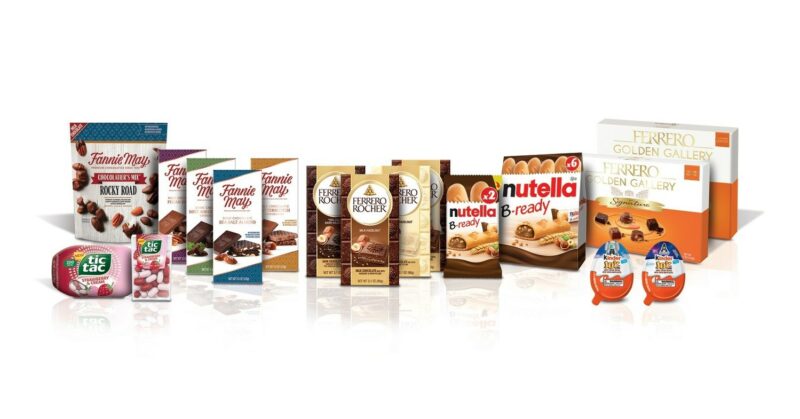
Criteria
Carbon Footprint, high
Ferrero has set a target to achieve net-zero greenhouse gas emissions across its entire value chain by 2050. The company is working to reduce emissions through initiatives like transitioning to renewable energy, improving energy efficiency, and implementing low-carbon logistics.These comprehensive efforts have already yielded tangible results, with Ferrero reporting an 18.9% reduction in its global carbon footprint in 2021.
Ecological Impact, high
Ferrero has committed to achieving deforestation-free supply chains for key commodities like palm oil, hazelnuts, and cocoa by 2030.
The company uses satellite monitoring and traceability programs to verify no deforestation in its supply chain. In addition to its focus on eliminating deforestation, Ferrero has also implemented initiatives to promote agroforestry and protect biodiversity in the regions where it sources its raw materials.
This includes distributing nearly 500,000 “forest trees” in Côte d’Ivoire and Ghana to help restore the environment.
Energy Consumption, high
Ferrero has increased its use of renewable electricity to 70% across its global operations. The company is working to transition all of its sites to 100% renewable energy sources.The company has invested in upgrading its manufacturing facilities and logistics operations to enhance energy efficiency and lower emissions.
Freight Density, medium
Ferrero has implemented initiatives to optimize its logistics and transportation, such as using intermodal freight solutions and collaborating with suppliers to improve vehicle utilization. However, specific details on freight density improvements are limited.
Recycling Rates, medium
Ferrero has set a target to make all of its packaging recyclable, reusable, or compostable by 2025. The company is also working to increase the recycled content in its packaging.
While specific data on Ferrero’s current recycling rates is limited in the search results, the company has reported a global waste valorization rate of 84.6% across its operations.
This indicates that Ferrero is actively working to divert waste from landfills and maximize the recovery and recycling of materials through various treatment and processing methods.
Saving Levels, high
Initiatives in Saving Levels: Ferrero’s sustainability efforts focus on reducing waste, conserving resources, and promoting efficiency.
- Waste Reduction: Ferrero minimizes waste through optimized production and enhanced recycling.
- Resource Management: The company invests in technology to optimize energy, water, and raw material use.
- Collaboration: Ferrero collaborates with partners to drive sustainability innovations.
- Consumer Education: Through marketing and communication, Ferrero encourages sustainable choices among consumers.
Specific Product Monitoring, medium
Ferrero has implemented systems to monitor the in-store execution and marketing of its products, including compliance with regulations. However, details on the specific mechanisms used are limited in the available information. One concrete example of Ferrero’s approach to specific product monitoring is its commitment to operational excellence and compliance.
The company demands that its manufacturing facilities obtain certifications such as ISO standards and LEED accreditation.
Supply Chain Waste, high
Ferrero has reported on initiatives to reduce waste and optimize resource utilization across its supply chain, including programs to support cocoa farmers and minimize post-harvest losses.
Ferrero has reported a waste recovery rate of over 99% at seven of its manufacturing facilities, with five factories achieving 100% recovery. They also actively monitor the activities of its suppliers and have the right to audit their facilities, either directly or through independent experts.
Sustainability Scorecards, high
Ferrero publishes an annual sustainability report that discloses its performance on key environmental, social, and governance (ESG) metrics. The company also participates in external sustainability assessments and benchmarks.
Water Management, medium
While Ferrero’s products are not water-intensive, the company’s manufacturing operations do require water for critical processes like cooling and washing. In response, Ferrero has implemented a comprehensive approach to water stewardship across its global operations.
Conclusion
In summary, Ferrero is a renowned confectionery brand known for its quality, innovation, and commitment to sustainability.
With initiatives to reduce its carbon footprint, eliminate deforestation, and optimize resource usage, Ferrero is leading the way towards a more environmentally-friendly future.
Through its dedication to excellence and responsible practices, Ferrero continues to set a high standard for the industry, ensuring that indulgence comes with a conscience.
Related to other brands
Number of criteria met by each brand:
- Tony’s Chocolonely 4.75/5.00
- Ferrero 4.00/5.00
- Nestlé 3.50/5.00
- Godiva 3.25/5.00
ESCP Business School Team
Research developed by five curious international ESCP Business School students who have worked together to successfully complete their consulting project. They analysed four brands in four different categories -20 brands: sneakers, pod coffee, jeans, makeup, and chocolate, according to 10 environmental criteria.
- Amélie Zeck – Sneaker industry analyst
- Manon Droisier – Jeans industry analyst
- Giorgia Casale – Makeup industry analyst
- Amélie Mahon – Chocolate industry analyst
- Capucine Coselli-Vassoille – Pod coffee industry analyst
Sources
- https://www.ferrero.com/int/en/news-stories/news/ferrero-unveils-new-climate-goals-11-sustainability-report
- https://www.ferrerosustainability.com/int/en/our-approach/protect-the-environment
- https://www.ferrero.com/int/en/news-stories/news/ferrero-publishes-its-12th-sustainability-report
- https://www.ferrerosustainability.com/int/sites/ferrerosustainability_int/files/2022-07/ferrero_book_1307_inter active-compressed.pdf

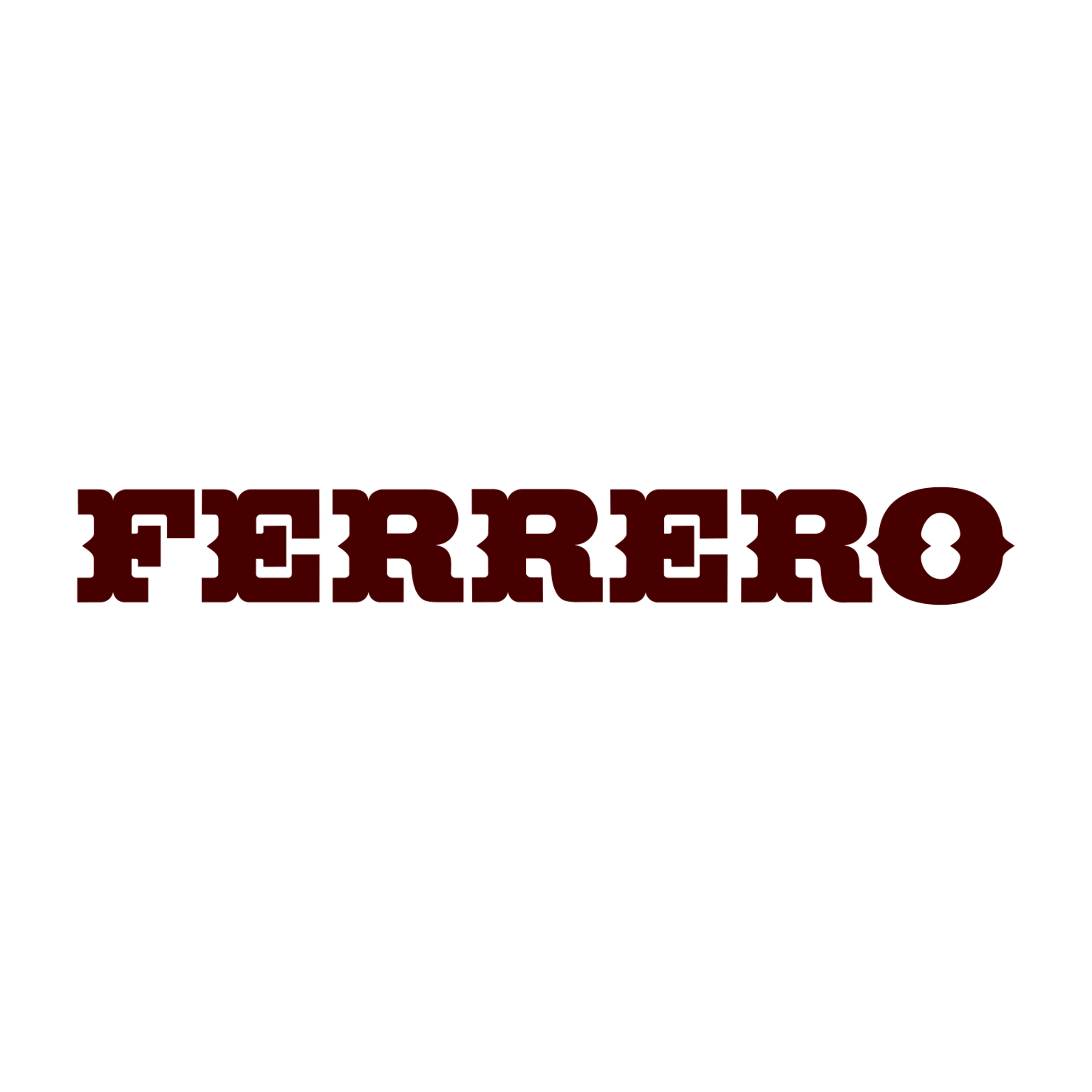
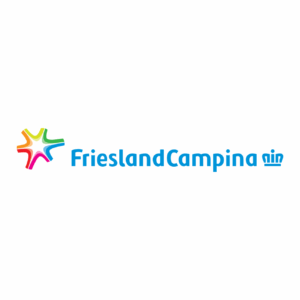
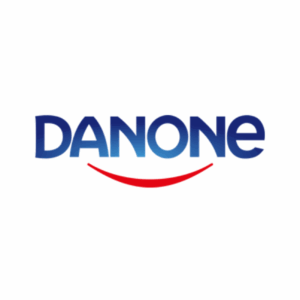
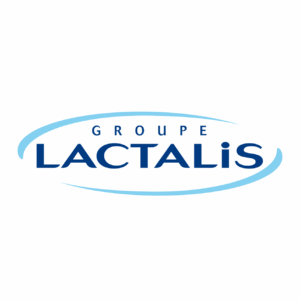
0 Comments